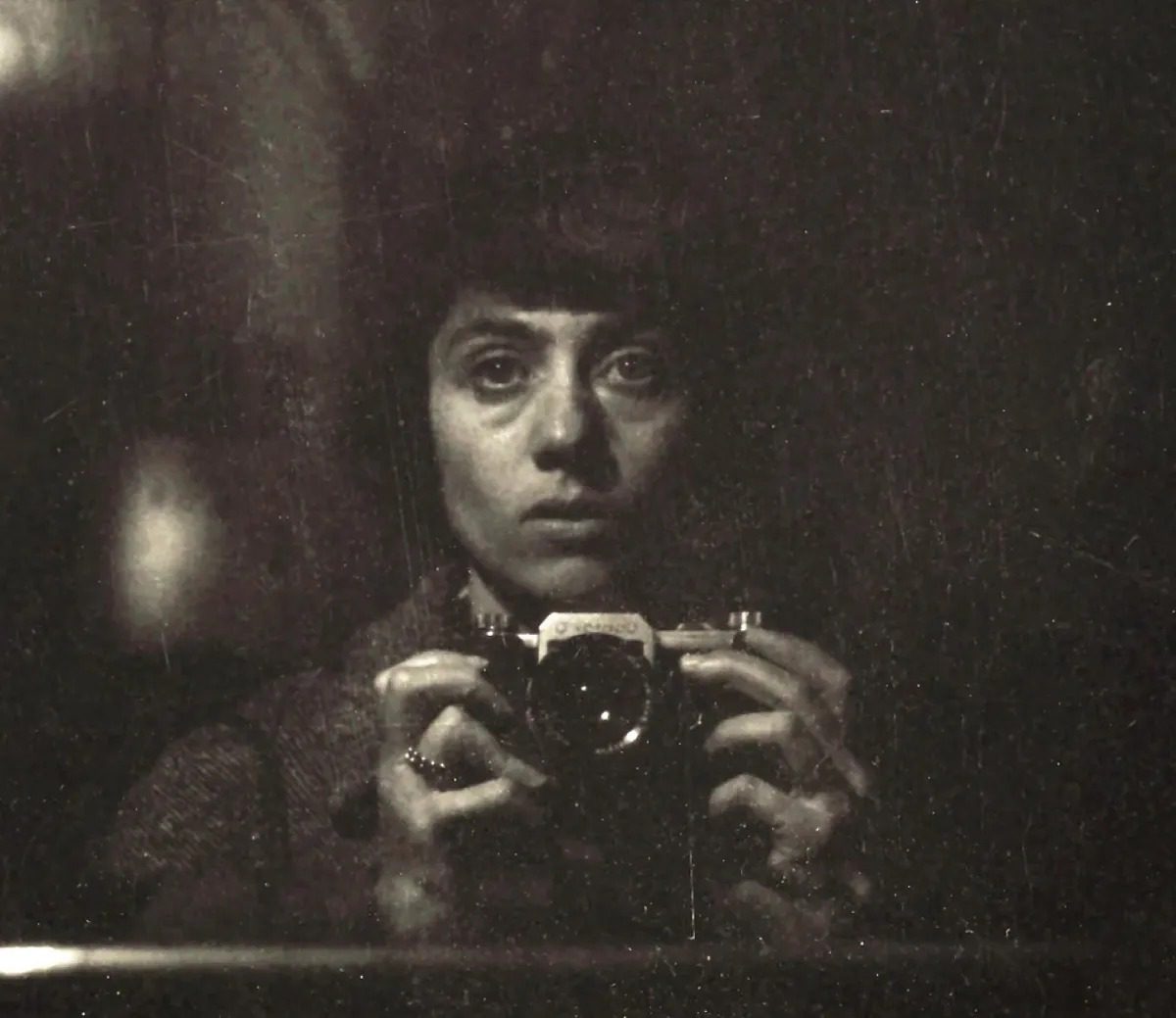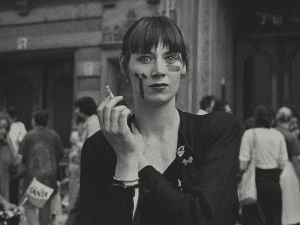Few photographers have reshaped the way we perceive the world quite like Diane Arbus. Her black-and-white portraits, captured between the late 1950s and her untimely death in 1971, destabilised aesthetic conventions and presented life with startling honesty. Diane Arbus: Konstellationen, currently on view at Berlin’s Gropius Bau, offers the most comprehensive look at her work to date, featuring 454 prints, many never shown publicly before. The exhibition, which has travelled from LUMA Arles and the Park Avenue Armory in New York, confirms Arbus’ enduring power and legacy in the photographic canon.
Arbus’ genius lay in her ability to reveal the extraordinary within the ordinary. She photographed couples, children, drag performers, nudists, New York pedestrians, suburban families, circus performers, intellectuals, and celebrities such as Mae West and James Brown. Yet, the appeal of her work transcends the subjects themselves; it resides in the intensity of the gaze she directs both at her subjects and her audience. “If I stand in front of something, instead of arranging it, I arrange myself,” Arbus famously said. This approach allowed her to capture moments of profound vulnerability and candour, producing images that resonate with honesty, intimacy and sometimes discomfort.
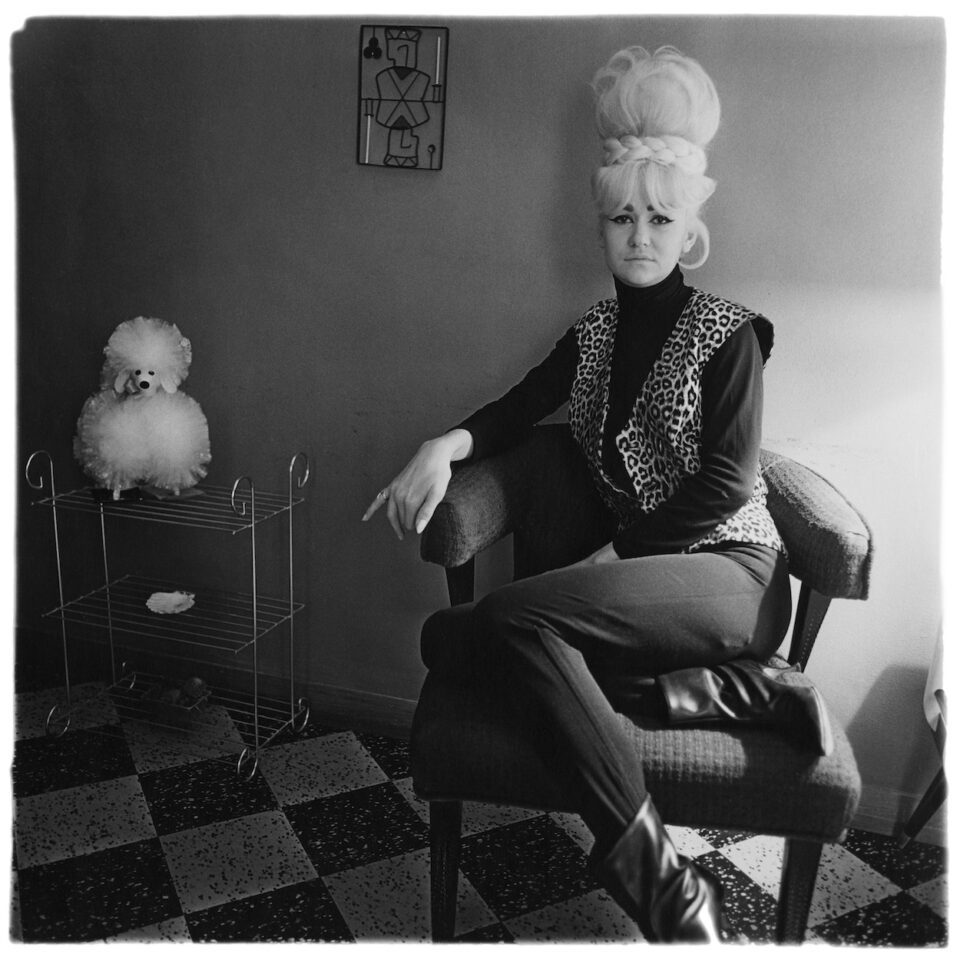
The current exhibition’s labyrinthine layout, with black scaffolding guiding visitors through constellations of photographs, reflects the intricate web of relationships and contrasts that defined Arbus’ practice. Rather than following a chronological or thematic order, Konstellationen invites viewers to wander, encounter, and connect. This approach mirrors Arbus’ own working method: relational, intuitive, and emotionally exacting. Neil Selkirk, Arbus’ former student and the only individual authorised to print from her negatives, prepared the prints, making this the most complete presentation of her oeuvre.
Arbus’ influence extends far beyond her own time. By bringing photography into major art institutions and fostering a culture in which the medium is recognised as a serious art form, she paved the way. Her early recognition – being the first photographer included in the Venice Biennale and featured on the cover of Artforum – signalled a paradigm shift in the art world, one that expanded the boundaries of what was considered worthy of exhibition and critical attention. As Jenny Schlenzka, Director of Gropius Bau, notes: “Her groundbreaking work paved the way for photography to be recognised as an art form worthy of exhibitions in major art institutions and has influenced generations of makers in the field.”
This influence can be traced through the work of numerous contemporary female photographers. For instance, Nan Goldin, whose unflinching snapshots of personal life, intimacy and subcultures owe a direct debt to Arbus’ courage in confronting societal taboos, channels a similar raw honesty. Goldin’s images of drag performers and LGBTQIA+ communities echo Arbus’ sensitivity and empathy, whilst adding her own diaristic, diaristic immediacy. Another notable figure is Rineke Dijkstra, whose psychologically charged portraits of adolescents and young adults capture the liminal space between childhood and adulthood. Like Arbus, Dijkstra’s work is marked by a quiet insistence on presence, confronting viewers with the delicate balance between vulnerability and self-awareness. Likewise, contemporary photographer Deana Lawson engages with identity, community and intimacy in ways that resonate with Arbus’ pioneering interest in interior life, particularly within the African diaspora. Lawson’s work amplifies voices and bodies that have historically been overlooked, demonstrating the ongoing relevance of Arbus’ ethos of visibility.
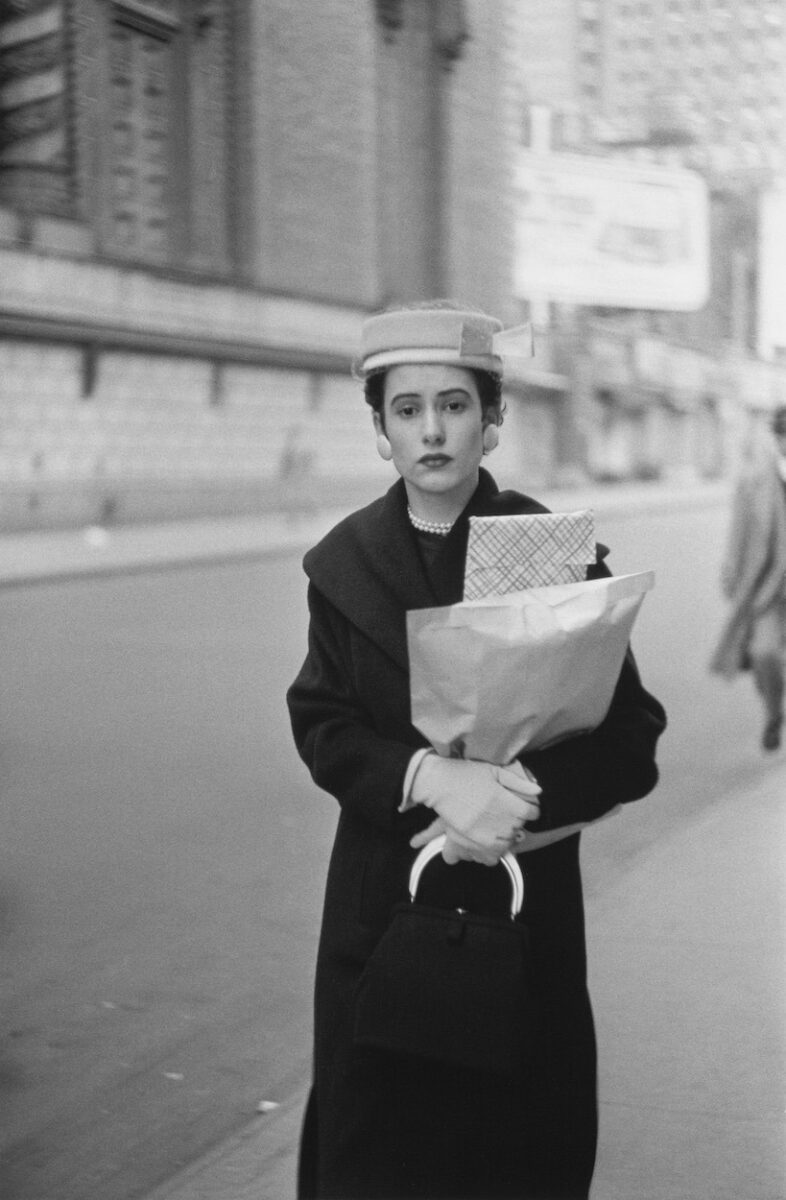
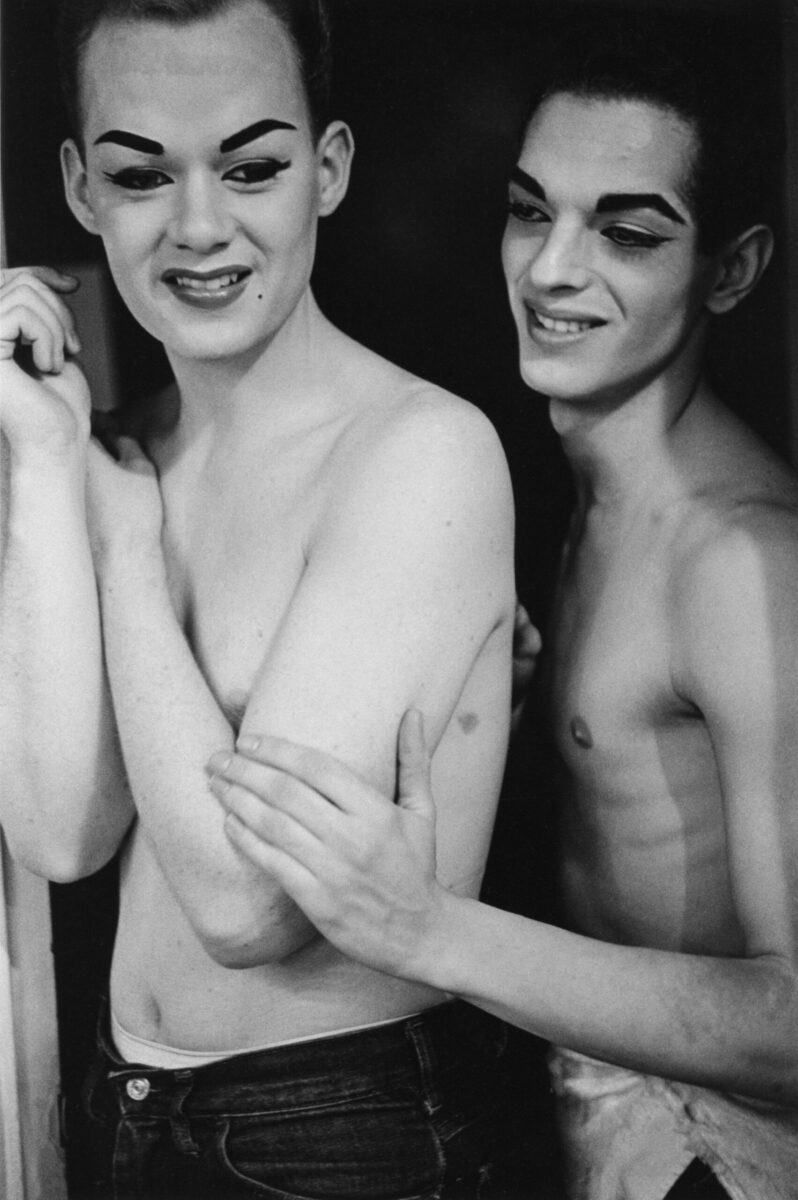
The exhibition also recontextualizes Arbus’ iconic portfolio, A Box of Ten Photographs, which includes seminal images such as Identical Twins, Roselle, N.J., 1967, A Young Brooklyn Family Going for a Sunday Outing, N.Y.C., 1966, and Boy with a Straw Hat Waiting to March in a Pro-War Parade, N.Y.C., 1967. These images, printed and distributed before her death, not only solidified her posthumous career but also underscored the significance of photography as an art form. The portfolio, sold to figures like Richard Avedon, Jasper Johns, and Harper’s Bazaar art director Bea Feitler, exemplifies the way Arbus’ work straddled the personal, the artistic, and the cultural, setting a standard for portraiture that is still referenced today.
Global interest in Arbus has only intensified, as seen in recent retrospectives that underscore her international impact. The San Francisco Museum of Modern Art (2003), the Jeu de Paume in Paris (2011), the Metropolitan Museum of Art in New York (2016), the Smithsonian American Art Museum (2018), and the Art Gallery of Ontario (2020) have presented her work to diverse audiences, affirming the universal resonance of her imagery. Each presentation has contributed to a nuanced understanding of her practice, and the Konstellationen exhibition in Berlin adds another layer, emphasising dialogue over chronology.
Arbus’ work persists not merely because of its technical mastery or subjects, but because it challenges viewers to confront their assumptions about beauty and humanity. As she herself reflected, “[Photographs] are the proof that something was there and no longer is. Like a stain. And the stillness of them is boggling. You can turn away but when you come back, they’ll still be there looking at you.” In this sense, her images act as mirrors and witnesses, reminding us that photography can both document and interrogate.
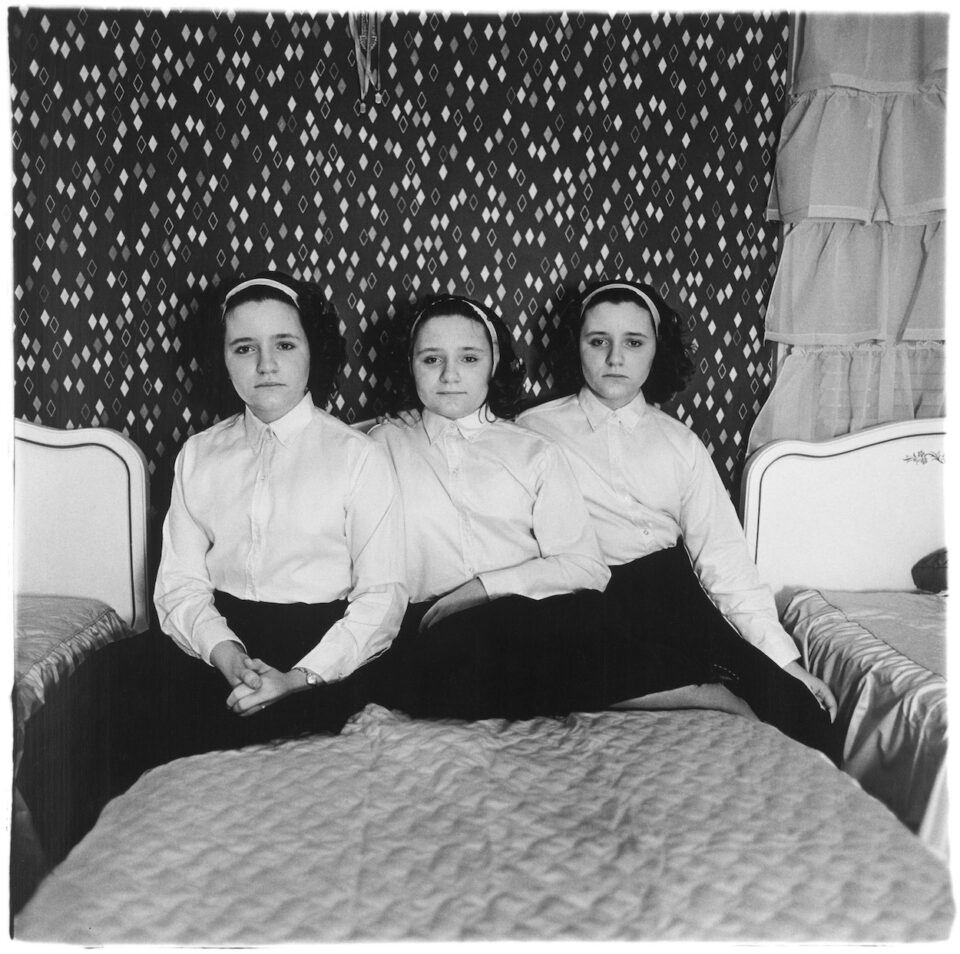
The significance of Konstellationen lies in its ability to bring together the full spectrum of Arbus’ vision, encouraging reflection on her enduring legacy and the continued vitality of her approach. The exhibition reminds us that Arbus’ influence is alive in contemporary photographic practice, inspiring artists like Goldin, Dijkstra, and Lawson to engage with subjects that demand empathy, complexity, and presence. Furthermore, by situating her work within an international trajectory of major retrospectives, Konstellationen reinforces Arbus’ rightful place in the art-historical canon.
Diane Arbus’ contribution to photography is inseparable from her courage, intuition, and relentless curiosity. She illuminated what others might overlook, challenged viewers to see the world differently, and inspired countless artists to embrace the intensity of observation. As visitors navigate the labyrinthine scaffolding of the Berlin exhibition, they encounter a constellation of images that continue to resonate – an enduring testament to a vision that refuses to fade. In this sense, Arbus’ legacy is not static; it is a living, breathing dialogue with artists and audiences alike, reminding us that the power of the photograph lies not only in what it shows, but in the questions, it leaves behind.
Diane Arbus: Konstellationen is at Gropius Bau, Berlin, until 18 January.
Words: Anna Müller
Image Credits:
1. Diane Arbus, Self-portrait with 35mm Contax D camera, 1959. From contact sheet, roll 614 #34 © The Estate of Diane Arbus, Image courtesy Diane Arbus Archive, The Metropolitan Museum of Art, New York.
2. Diane Arbus, Lady bartender at home with a souvenir dog, New Orleans, La. 1964 © The Estate of Diane Arbus, Collection Maja Hoffmann/LUMA Foundation.
3. Diane Arbus, Woman on the street with parcels, N.Y.C. 1957 © The Estate of Diane Arbus, Collection Maja Hoffmann/LUMA Foundation.
4. Diane Arbus, Two female impersonators backstage, N.Y.C. 1962. © The Estate of Diane Arbus, Collection Maja Hoffmann/LUMA Foundation.
5. Diane Arbus, Triplets in their bedroom, N.J. 1963 © The Estate of Diane Arbus, Collection Maja Hoffmann/LUMA Foundation.


